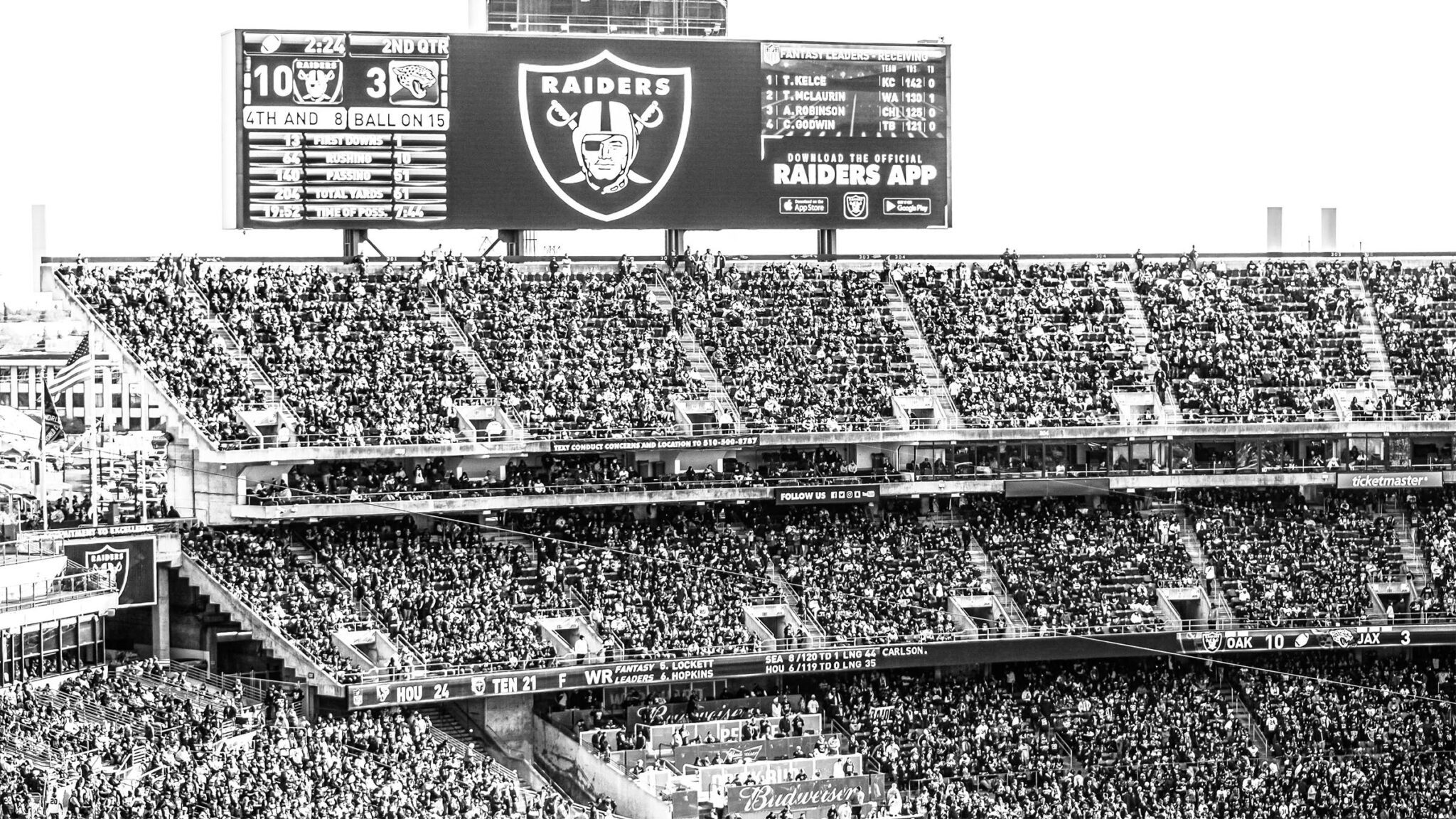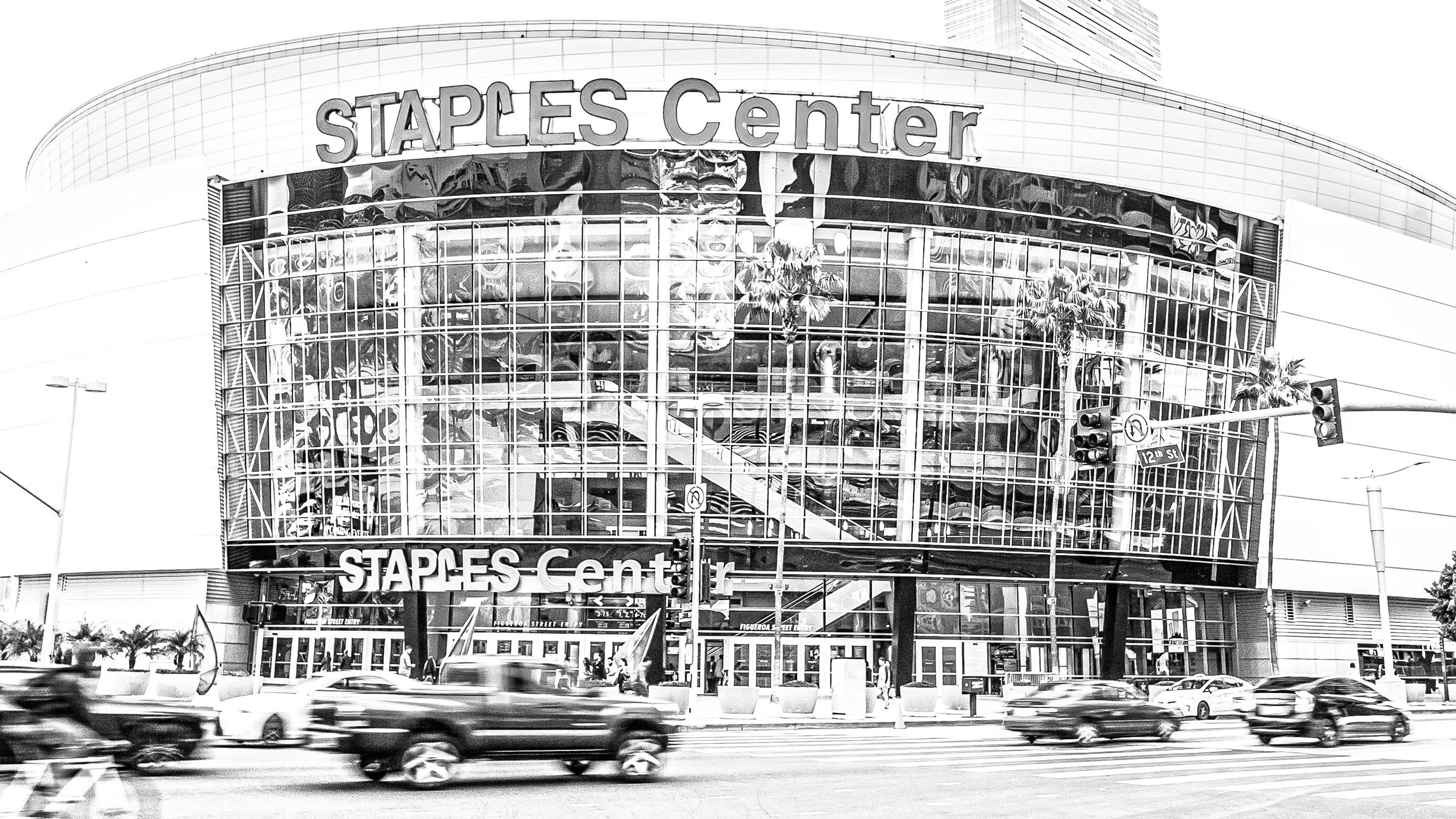There are two types of asset categories in branding—tangible and intangible. Tangible assets are companies’ primary assets and typically physical elements, such as an office, logo, merchandise, or creative design.On the other hand, intangible assets include the brand’s personality, tone, voice, vision, and community. They don’t physically exist, yet they hold considerable value since they represent potential revenue and influence. An example of an intangible asset is copyright to a creative element, such as a font.From design to brand strategy, vision and personality, let’s dive in further and compare tangible and intangible assets and why you need both to create an effective brand strategy and robust brand identity.
What’s the Primary Difference Between Tangible & Intangible Assets?
Tangible assets have a physical existence and can be felt, touched, or consumed. This may include any property owned by the company, computer software, buildings, electronic devices, and other assets that have a physical form.
On the other hand, intangible assets can be intellectual property, a brand’s voice or market influence, and other assets without a physical presence, such as the brand’s personality. While these assets aren’t physically present or tangible, they hold just as much, and sometimes, even more, value as physical items, physical property, and other tangible assets.
Tangible Assets are Only Half of the Foundation
Brand identity includes the tangibles for business owners—a logo, website, design, typography, and color scheme. While a company’s tangible assets are often created early, they aren’t necessarily fixed assets. A company’s assets hold significant economic value but can change over time. While a logo and brand style guide is typically well-established, it’s impossible to know their future worth early on. Many companies choose to rebrand later on to suit their audience better as they become more established.
Intangible Assets are Essential
Brand identity also includes the intangibles—personality, vision, purpose, and emotional connections. A company’s intangible assets can be the company’s intellectual property and other forms of non-physical property. It can be an idea or presence that isn’t physical but holds significant influence or brand power. A marketing or sports branding agency is the perfect resource to develop these assets. They understand the monetary value that intangible or tangible assets hold.
Visuals vs. Emotions
Visuals in branding include assets that appear to hold a physical presence, such as oil rigs, cash, drilling equipment, and more articles. Physical items can draw the audience in, appeal to their desires, and serve as long-term assets for a business with significant value. These are considered tangible assets.
Definite intangible assets that a company owns are a consumer’s emotions. This may sound somewhat confusing but think about your favorite brand names. What kind of emotions do you associate with them? Does seeing that company’s brand logo, products, services, or written content elicit a response, feeling, or desire? Emotions are a powerful tool in brand strategy. While they’re intangible and a bit difficult to measure, they spur a significant return on investment (ROI) as the audience builds emotional ties and lifelong loyalties.
Design vs. Vision
Other tangible and intangible assets include design and vision. Design is a tangible asset that refers to the chosen color scheme, design elements with physical existence, such as a statue or banner, and other physical assets. For example, in the automobile industry, a design asset can include the unique look and colorways of a specific line of vehicles.
Vision is the company’s outlook on the future of their business operations, their goal to raise cash or market value, develop an internal revenue service, or other such assets. Vision is critical to a long-term growth strategy.
Ads vs. Personality
An ad is another tangible asset when printed in a newspaper or magazine. While ads are not fixed assets with residual value, they offer some immediate benefits and increase brand awareness. Within the ad itself, intangible assets add a spark, too.
Personality is an intangible asset that can go hand in hand as the written content, tone, and voice create a unique view of the brand itself. It can appeal to a specific type of audience with humor, intelligence, or another desirable personality trait.
How is Value Determined?
The value of tangible and intangible assets can be difficult to compare. While tangible assets are often easily measured in products sold, value of total assets, looking at a company’s finances or income statement, and other long-term assets, intangible assets don’t show the same figure. Another difference between tangible and intangible assets is how they show on the balance sheet.
Tangible & Intangible Assets on the Balance Sheet
Looking at a company’s balance sheet, we can often see clear cash figures for tangible assets. We can measure their cost, such as the cost to produce products, and their value to the company, such as the cost of office space, warehouse, or other buildings. For intangible assets, however, the difference is that they often don’t show up in cash figures. Instead, they show in brand growth and equity over time. This is not to say that intangible assets are of any less business value. As mentioned previously, they often hold more value, the ROI just takes longer to see. Nonetheless, their cost to develop is well worth it.
Create an Effective Brand Strategy
An office, logo, merchandise, or creative design are called tangible assets. While intangible assets include the brand’s personality, tone, voice, vision, and community. From design to brand strategy, vision, and personality, both types of assets are essential to creating an effective brand strategy and robust brand identity.







